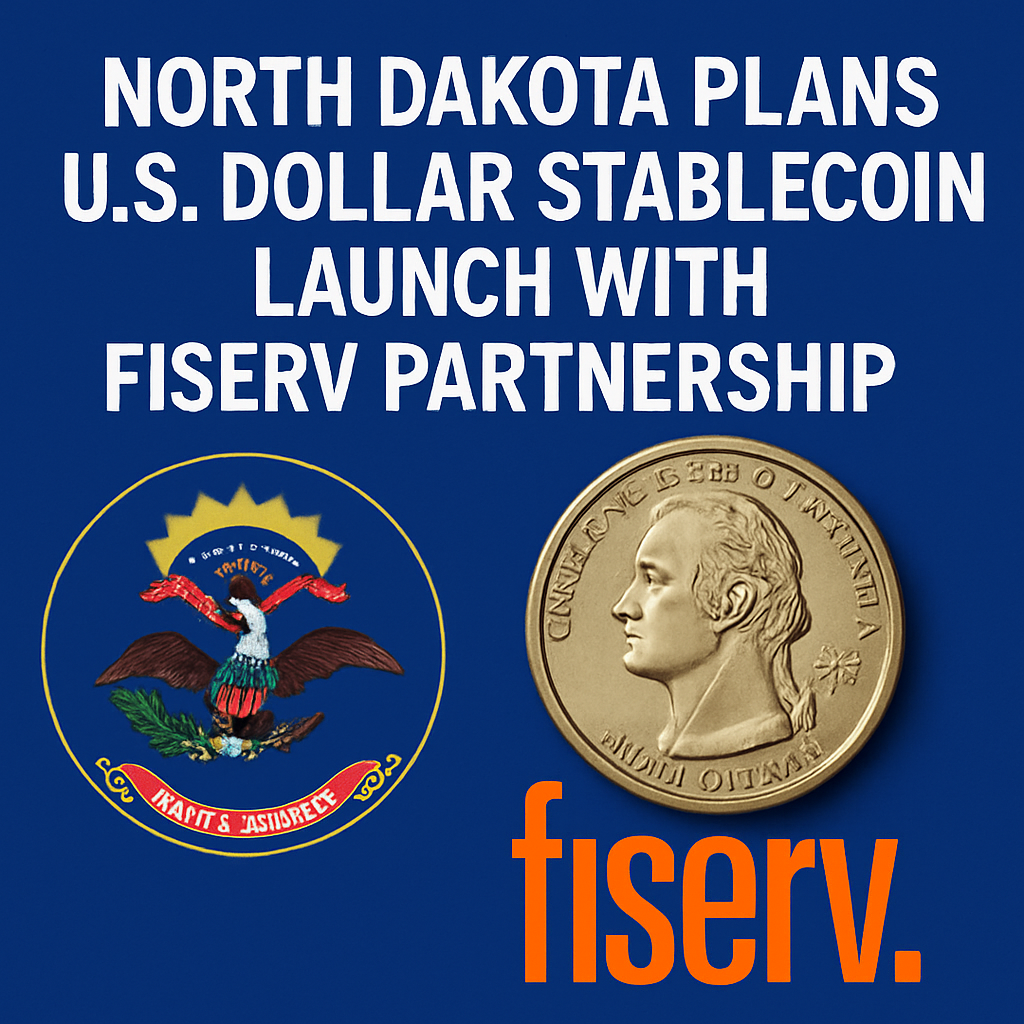On October 8, 2025, the state-owned Bank of North Dakota announced plans to issue a U.S. dollar stablecoin in collaboration with payments technology firm Fiserv. The token, named Roughrider Coin, will leverage Fiserv’s white-label FIUSD architecture to facilitate bank-to-bank settlements, cross-border transfers and merchant acceptance within North Dakota’s financial network. Deployment is slated for early 2026, pending final integration and compliance testing.
Roughrider Coin will operate on a permissioned blockchain environment, connecting participating local banks and credit unions through standardized APIs. Each token minted will be fully collateralized by U.S. dollar reserves held in FDIC-insured accounts at the state bank. Transaction finality will be managed via Fiserv’s digital asset platform, which supports real-time settlement and automated compliance checks for AML and KYC requirements.
State officials view the initiative as part of a broader trend of U.S. jurisdictions experimenting with programmable money following the passage of the federal GENIUS Act. The legislation established a regulatory framework for stablecoin issuers and cleared legal pathways for banks to adopt digital tokens. Wyoming’s Frontier Stable Token served as a pilot earlier this year, with Roughrider Coin representing the next phase of state-level adoption.
Fiserv’s platform processed over 90 billion transactions in 2024 and supports integration with existing core banking systems. Leveraging Fiserv’s infrastructure is expected to accelerate uptake and provide seamless compatibility with merchant point-of-sale terminals. Bank of North Dakota executives project Roughrider Coin will reduce transaction costs, enhance settlement speed and attract fintech development within the region.
Industry analysts predict that state-issued stablecoins may pave the way for broader federal adoption models. If Roughrider Coin demonstrates operational efficiency and strong governance, other states could adopt similar programs. The initiative also offers a use case for programmable escrow services, automated payroll disbursements and tokenized municipal bonds, potentially expanding the token’s role beyond retail payments.

Comments (0)